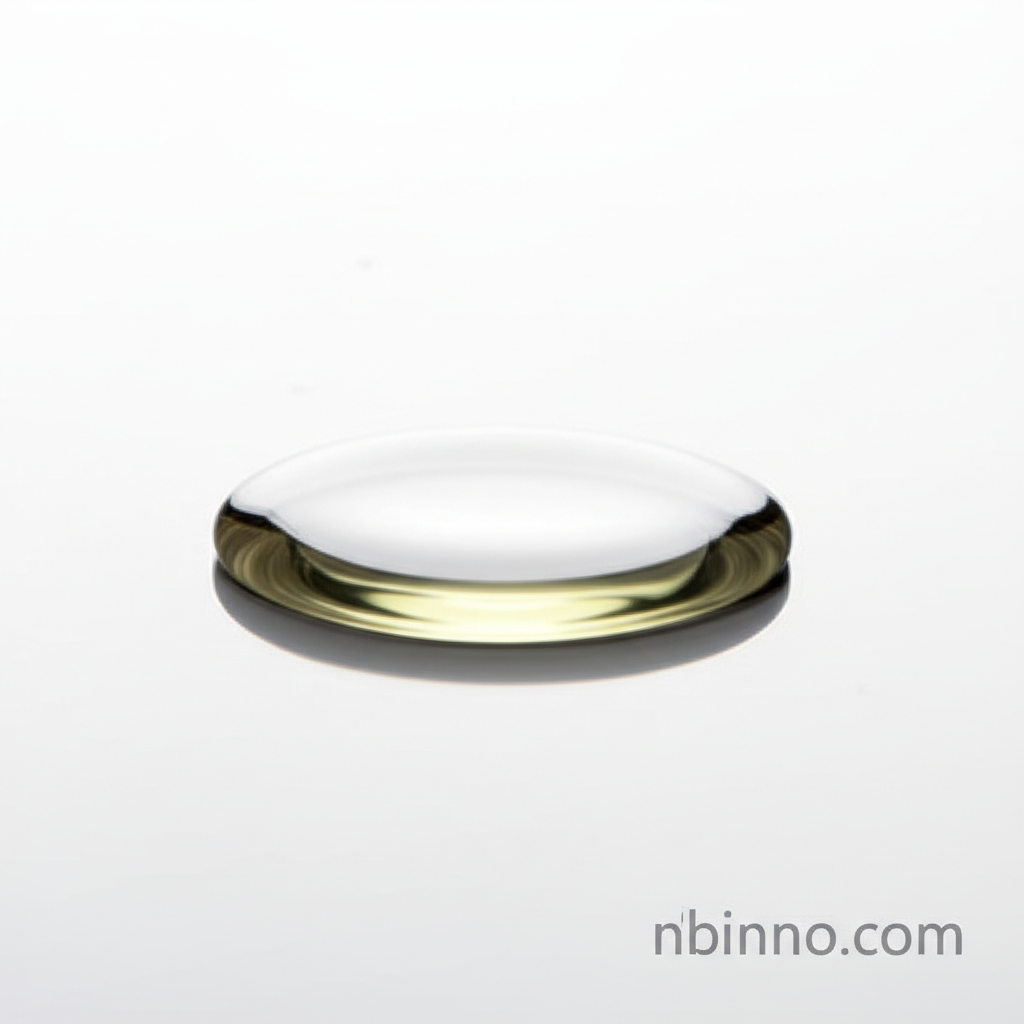Di-tert-butoxy Diacetoxysilane: Enhancing Sealant Performance
Discover the critical role of Di-tert-butoxy Diacetoxysilane in advanced RTV-1 sealant formulations and its adhesion-promoting capabilities.
Get a Quote & SampleProduct Core Value

Di-tert-butoxy Diacetoxysilane
Di-tert-butoxy Diacetoxysilane (CAS 13170-23-5) stands out as a crucial chemical intermediate, primarily utilized for its exceptional performance as an adhesion promoter in acetoxy crosslinking RTV-1 sealants. Its unique chemical structure allows for efficient hydrolysis, facilitating strong bonding with various metal substrates and significantly improving the overall caking property of sealants. This makes it an indispensable component for applications demanding robust and durable adhesion.
- Unlock superior adhesion in your RTV-1 sealant formulations by leveraging the capabilities of Di-tert-butoxy Diacetoxysilane, a key organosilane.
- Explore the diverse applications of CAS 13170-23-5, where it acts as a vital chemical intermediate for advanced material synthesis.
- Achieve enhanced sealant performance by understanding the specific chemical properties of Di-tert-butoxy Diacetoxysilane, crucial for acetoxy crosslinking systems.
- Source reliable Di-tert-butoxy Diacetoxysilane suppliers to ensure consistent quality and availability for your industrial needs.
Key Advantages Provided
Enhanced Adhesion
This silane significantly improves the adhesion of RTV-1 sealants to metal surfaces, a critical factor for long-lasting performance.
Improved Caking Properties
Its ability to promote caking on substrates like aluminum is vital for achieving strong and stable bonds in sealant applications.
Reactive Hydrolysis
The product readily hydrolyzes with moisture, enabling efficient crosslinking and curing processes for RTV-1 systems.
Key Applications
RTV-1 Sealant Formulation
As a primary adhesion promoter, it is essential for the performance and durability of acetoxy crosslinking RTV-1 sealants used in construction and automotive industries.
Metal Surface Treatment
Its role in enhancing the caking property of materials like aluminum makes it valuable in surface treatment applications for improved bonding.
Chemical Synthesis
Serves as a versatile chemical intermediate, providing a foundation for synthesizing various specialized silicone-based materials.
Silicone Technology
Crucial for developing high-performance silicone products that require specific adhesion and crosslinking characteristics.
Related Technical Articles & Resources
Why Choose Us?
Leverage our expertise and state-of-the-art infrastructure to accelerate your journey from discovery to commercial success.
Global Experience
With 20 years of R&D, manufacturing, and sales experience, we proudly serve clients across 60 countries and regions worldwide.
Advanced Facilities
Our in-house R&D laboratory, pilot platform, and large-scale production workshop are equipped to meet the audit requirements of global customers.
Seamless Scalability
We facilitate a perfect transition from small-scale lab requirements (grams) to full commercialization (hundreds of tons).
